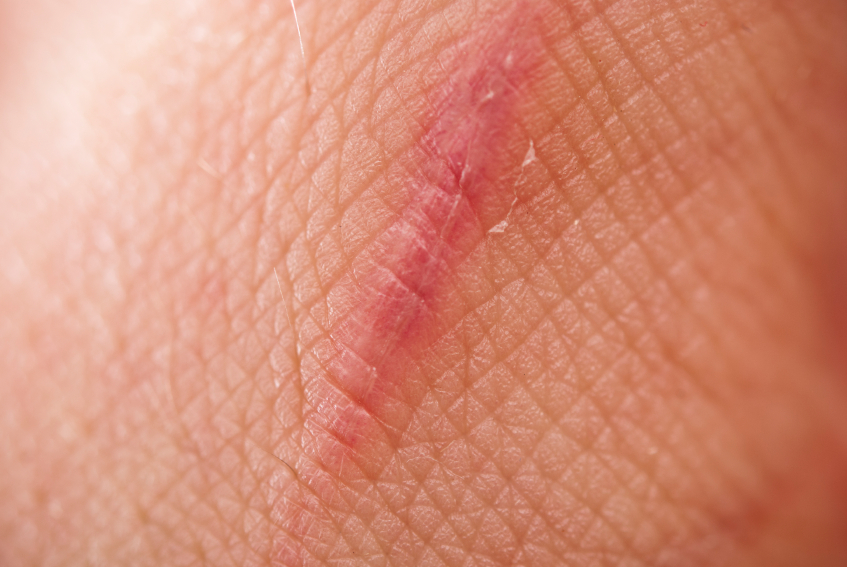
Scars of all kinds can be treated to reduce their size and appearance over time. Self-harm scars, too, can fade over time when treated properly. What are self-harm scars? They are self-induced wounds that often involve cutting or burning of the wrists, hands, arms, thighs and stomach. Because of their location, these can be difficult scars to hide.
Self-harm scars can be uncomfortable to talk about, resulting in humiliation and even embarrassment. For example, their visibility may cause others to ask questions that trigger painful memories. Fortunately, some of this may be avoided with proper treatment of those scars. While early treatment will always produce the best results, the appearance of older scars may also be improved if treated with a good topical gel or cream.
What are Scars?
Scars may result from any trauma to the skin where the dermis, or deep layer of the skin is injured. During healing, the body sends cells called fibroblasts to the site of injury to repair and protect it. This process often results in a buildup of fibrous tissue that causes the lumps we know as scars.
Different types of wounds require different types of treatment. For example, wounds such as deep cuts or gashes that leave behind large raised scars like keloid or hypertrophic scars often demand a more aggressive form of treatment than small burns or cuts. The location of a scar may also affect how it is treated. For example, scars that form on areas of the body that get stressed regularly (such as elbows, knees, shoulders) can be particularly challenging.
For Best Results
Best results always come from early treatment. Thoroughly clean the wound, cover it up with a bandage, and allow it to heal. Avoid exposure to sun, which can actually make the scar stand out more due to hyperpigmentation. Once the wound has completely healed, massage the area to help break down the collagen bands that tend to attach themselves to underlying tissue, according to Fitness magazine.
Apply topical silicone treatments such as Scarfade to help improve the appearance of scars. Research has shown that silicone scar gel can help regulate the body’s production of collagen, resulting in less prominent scars. These gels form a micro-thin layer of silicone on the scar that is basically invisible.
How Often to Apply
How often and for how long you apply scar gel may depend on a number of factors such as the age and type of scar you have. The general rule of thumb is to apply it twice daily for 12 -16 weeks. If you are still seeing improvement after 12-16 weeks, keep using it. You can’t cause any damage by using it longer than you need to.
